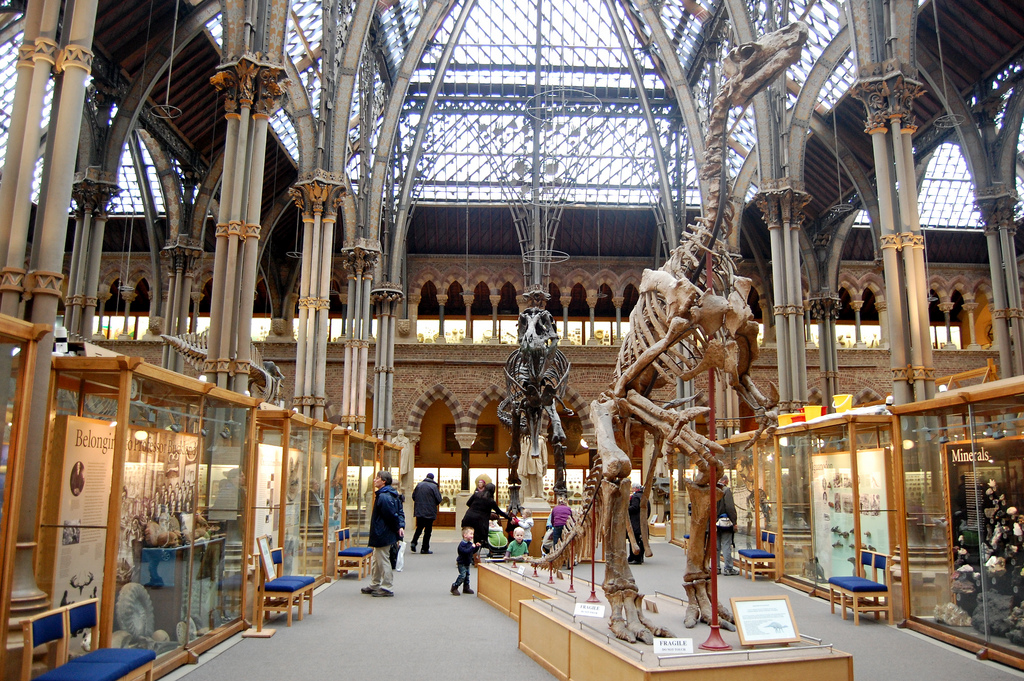Plans to replace the wooden display cases at the Oxford University Museum of Natural History have been met with criticism from historians and architects.
The University submitted proposals to replace the wooden cases with new glass cabinets, to the dismay of some prominent members of the architectural community.
The history of the wooden cases dates back to the 1860s, when construction on the museum was completed.
The cases have since been replaced by 20th century replicas, and are seen by over 750,000 visitors to the museum each year.
The cases occupy the central court of the museum, and house many of its specimens. The entire collection is valued at around £7 million.
A heritage assessment carried out by the University claimed that the changes made to the cabinets over time had diminished their value, concluding that they made only a “small positive contribution” to the historic value of the museum.
Secretary of the Victorian group of the Oxfordshire Architectural and Historical Society, Peter Howell, said: “It is an astonishing indictment of Oxford University, and of the Museum in particular, that no research has been done into the origin of these cases.
“The contribution which these cases make to the architectural and historical value of the Museum is inestimable.
“The argument in the application that ‘the fact that they evoke a sense of history is fortuitous rather than designed’ is utterly absurd.”

Architectural historian Frederick O’Dwyer has claimed that the wooden cases were an important part of architects Thomas Deane and Benjamin Woodward’s original 19th century design of the museum.
He said: “The fact that the display cases are in part 20th century replicas – with similar construction features – of Deane and Woodward’s designs – rather than the original of 1859-62, does not devalue their importance particularly as they were designed as part of an integrated architectural and decorative scheme by Deane and Woodward.”
Architect Birkin Haward, who wrote about the Museum in Architects’ Journal in 1989, also disagreed with the University’s assessment.
He said: “It would affect a critical element of the design of this wonderful building and as a consequence totally alter one’s perception and enjoyment of the interior forever.
“If [the plan] goes through I have absolutely no doubt it will be seen as a matter of regret for years to come.”
Historic England stated that it had no objection to the replacement of the cases, due to the ‘long history’ of alterations they have undergone and the lack of original material remaining.



